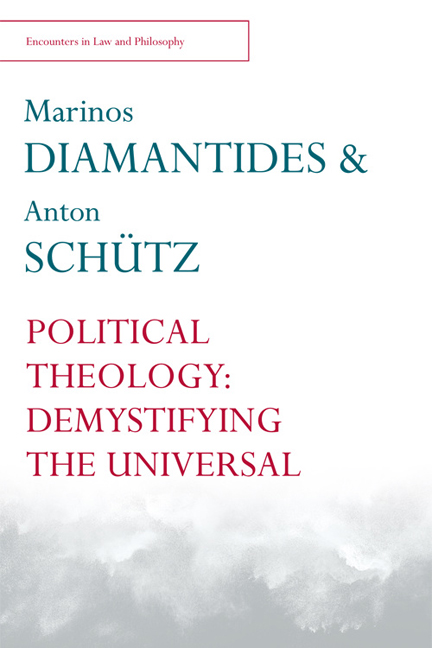Book contents
- Frontmatter
- Contents
- List of Illustrations
- Acknowledgements
- Notes on Contributors
- Series Editor's Preface
- 1 Introduction
- PART I SURPLUS PRODUCTION, URBAN GROWTH AND THE ENVIRONMENT
- 2 Sasanian Cities: Archaeological Perspectives on the Urban Economy and Built Environment of an Empire
- 3 Palaeoecological Insights into Agri-Horti-Cultural and Pastoral Practices Before, During and After the Sasanian Empire
- 4 Animal Exploitation and Subsistence on the Borders of the Sasanian Empire: From the Gorgan Wall (Iran) to the Gates of the Alans (Georgia)
- PART II FRONTIERS AND FRONTIER LANDSCAPES
- PART III CONTESTED TERRITORIES AND CULTURAL CONTACTS BETWEEN PERSIA AND ROME
- PART IV IMPERIAL POWER BALANCE AND INTERNATIONAL RELATIONS
- Index
4 - Animal Exploitation and Subsistence on the Borders of the Sasanian Empire: From the Gorgan Wall (Iran) to the Gates of the Alans (Georgia)
from PART I - SURPLUS PRODUCTION, URBAN GROWTH AND THE ENVIRONMENT
Published online by Cambridge University Press: 22 December 2017
- Frontmatter
- Contents
- List of Illustrations
- Acknowledgements
- Notes on Contributors
- Series Editor's Preface
- 1 Introduction
- PART I SURPLUS PRODUCTION, URBAN GROWTH AND THE ENVIRONMENT
- 2 Sasanian Cities: Archaeological Perspectives on the Urban Economy and Built Environment of an Empire
- 3 Palaeoecological Insights into Agri-Horti-Cultural and Pastoral Practices Before, During and After the Sasanian Empire
- 4 Animal Exploitation and Subsistence on the Borders of the Sasanian Empire: From the Gorgan Wall (Iran) to the Gates of the Alans (Georgia)
- PART II FRONTIERS AND FRONTIER LANDSCAPES
- PART III CONTESTED TERRITORIES AND CULTURAL CONTACTS BETWEEN PERSIA AND ROME
- PART IV IMPERIAL POWER BALANCE AND INTERNATIONAL RELATIONS
- Index
Summary
This chapter is based on our recent investigations into the subsistence economy at a military fort in the northern Caucasus (in modern Georgia), in comparison with sites along the Gorgan Wall in the north-east of Iran. The latter include forts and settlements in the hinterland. These studies highlight the diversity of animal consumption during the Sasanian era, influenced by the environmental setting of the sites, general agro-pastoral practices in the study regions and different cultural traditions. In all cases, however, herded animals (sheep/goats and cattle) provided most of the animal protein, complemented by the exploitation of other resources such as poultry, fish and wild birds. The huge quantity of animal remains from Dariali Fort in Georgia and the other Sasanian-era sites presented here shed new light on animal exploitation at the frontiers of one of antiquity's largest empires and provide a solid foundation for future archaeozoological studies in this part of the ancient world.
INTRODUCTION
The relationship between humans and animals can be approached from various angles and is of major significance for our understanding of past societies. Archaeozoology provides crucial information in this regard, and the study of animal remains from historical sites sheds light on socio-economic interaction, the environment, food production, trade and exchange and beliefs. While bioarchaeological studies (archaeozoology and archaeobotany) of historical periods are well established in European and American archaeology, they still remain extremely deficient in South-West Asia. Bioarchaeological studies are applied unevenly across chronological periods, and for historical periods the main focus has been on the classical world. This tendency is, however, changing in the wake of growing integration of scientific disciplines into historical archaeology.
Recent excavations in Iran and in Georgia, within the framework of the European Research Council ‘Persia and its Neighbours’ project, have provided the opportunity to study faunal assemblages from two regions located at the frontiers of the Sasanian world1 (Fig. 4.1). In the north-east of Iran the excavation of several sites on the Gorgan Plain, along the 195km Gorgan Wall, has provided valuable information on animal exploitation in various social contexts.
- Type
- Chapter
- Information
- Sasanian PersiaBetween Rome and the Steppes of Eurasia, pp. 74 - 96Publisher: Edinburgh University PressPrint publication year: 2017



